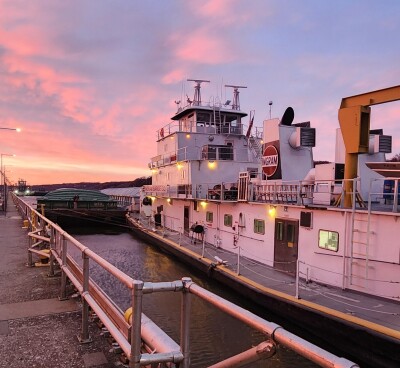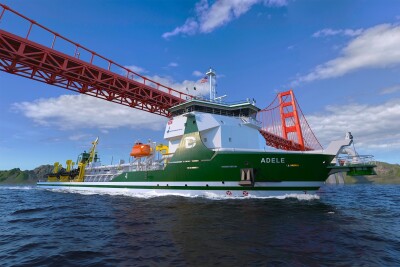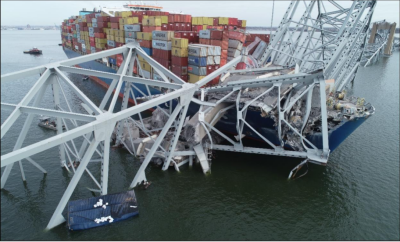The world’s first floating wind farm began cranking energy into Scotland’s power grid Wednesday, lighting up a 30 megawatt project that backers say could be a model for deepwater development in U.S. Pacific waters.
The Hywind Scotland array, 15.5 miles off Peterhead in Aberdeenshire, can power up to 20,000 households, according to builder Statoil and its partner Masdar. Supported on vertical pylon floats, tethered to three-point sea floor anchors, the Hywind design can be deployed in depths up to 26,000’ and generate power in very windy offshore areas far too deep for building seafloor turbine foundations, the builders say.
The lessons learned from Hywind Scotland “will pave the way for new global market opportunities for floating offshore wind energy. Through their government's support to develop the Hywind Scotland project, the UK and Scotland are now at the forefront of the development of this exciting new technology,” said Irene Rummelhoff, executive vice president of the New Energy Solutions business area in Statoil.
At an opening event in Aberdeen, Scotland First Minister Nicola Sturgeon said the Hywind project coupled with onshore battery storage “puts us at the forefront of this global race and positions Scotland as a world center for energy innovation.”
That battery project – dubbed Batwind – will install 1 MW of lithium battery capacity to store wind generated energy.
Norway-based Statoil is looking to diversify its investments from oil and gas, and has bet a big stake in U.S. offshore wind development with obtaining lease areas off New York.
Statoil operates the Sheringham Shoal wind farm in the United Kingdom, which started production in 2012.
The Dudgeon offshore wind farm in the U.K., also operated by Statoil has now been completed and is also in production. In 2016 Statoil also acquired 50% of the Arkona offshore wind farm off Germany, scheduled to go online in 2019.
The company says costs for building onshore and offshore wind turbines are on a significant downward trend, and floating turbines will become similarly more competitive with other renewable power generators over the next decade.
“Statoil has an ambition to reduce the costs of energy from the Hywind floating wind farm to €40-60/MWh by 2030. Knowing that up to 80% of the offshore wind resources are in deep water…where traditional bottom fixed installations are not suitable, floating offshore wind is expected to play a significant role in the growth of offshore wind going forward,” said Rummelhoff.




